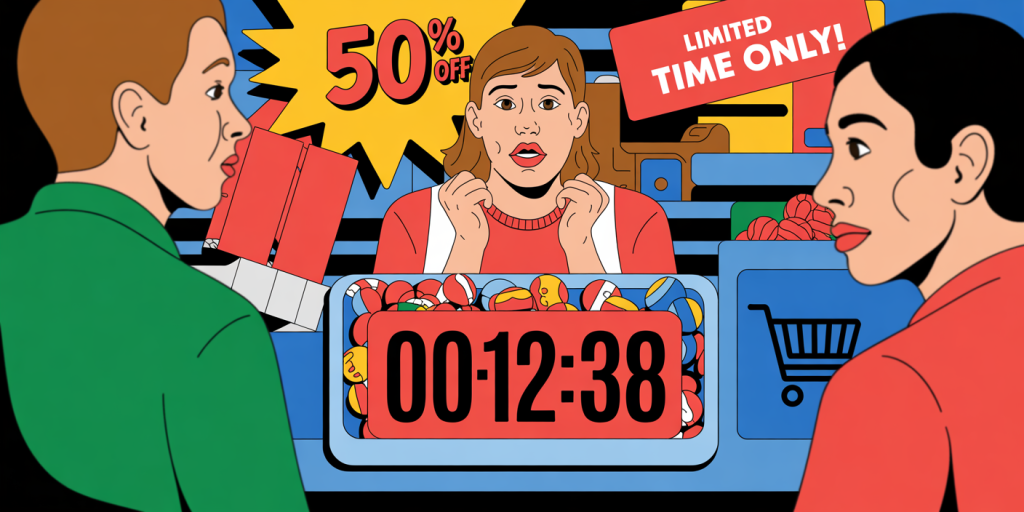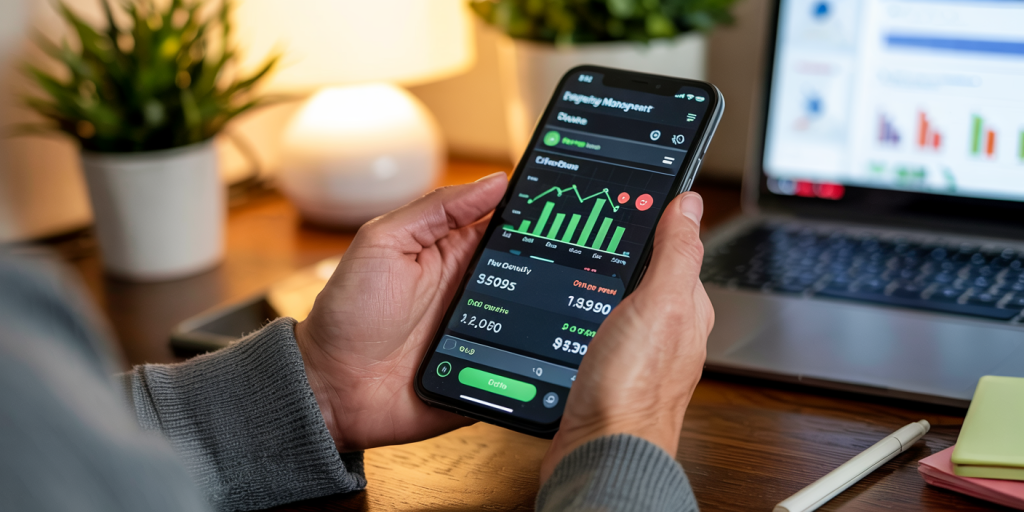How to Manage Impulse Buying
Impulse buying is a prevalent behavior that affects millions worldwide, often leading to financial stress and buyer’s remorse. According to a 2022 survey by the National Endowment for Financial Education, approximately 84% of American consumers admitted to making at least one impulse purchase monthly, with the average impulse buy costing around $81. While occasional spontaneous purchases are normal, unchecked impulse buying can derail personal budgets, magnify debt, and cause emotional strain. Understanding how to manage this behavior is essential for maintaining financial stability and promoting mindful spending habits.
Impulse buying, often triggered by emotional states or marketing tactics, takes advantage of short-term desires over long-term goals. For example, a shopper entering a store for groceries might leave with an unplanned gadget simply due to a limited-time discount offer or appealing packaging. This article explores practical methods and strategies to control impulse buying, supported by data and real-life cases, helping individuals regain financial control and make more deliberate purchasing decisions.

—
Psychological Triggers Behind Impulse Buying
Impulse buying is often the result of several psychological triggers that influence consumer behavior. Emotional states such as stress, boredom, or excitement can drastically increase the likelihood of impulsive purchases. A 2023 report from the Journal of Consumer Psychology found that emotional distress is a significant predictor of spontaneous purchases, with 62% of participants reporting emotional triggers as key drivers of impulse buying. Retailers are keenly aware of this and craft marketing strategies to exploit these emotional windows.

Additionally, environmental factors play a crucial role. Retail layouts, limited-time offers, and product placements can nudge consumers toward impulsive decisions. For example, placing candy near checkout counters takes advantage of consumers’ reduced decision-making ability during the final moments of shopping. A practical example comes from Amazon’s frequent flash sales, where countdown timers create a sense of urgency, prompting users to purchase immediately rather than delay and reconsider.
Understanding these triggers enables consumers to anticipate moments of vulnerability. Once these patterns are recognized, strategies can be employed to reduce susceptibility to impulse buying by addressing the underlying causes rather than just the symptoms.
—
Practical Steps to Curb Impulse Buying
Implementing actionable steps is essential in managing impulse buying effectively. One proven method is the “24-hour rule,” where the consumer commits to waiting at least a day before purchasing non-essential items. This pause provides time to evaluate the necessity of the product, ensuring decisions are made rationally rather than emotionally. For instance, a case study involving 200 shoppers at a Walmart store observed a 35% reduction in spontaneous apparel purchases after applying this cooling-off period.
Another critical step is creating and sticking to a budget. Detailed budgeting helps allocate funds for necessary expenses and discretionary spending, thereby reducing the need for unauthorised expenses. Budgeting apps like YNAB (You Need A Budget) and Mint can track daily expenses and alert users when discretionary spending nears preset limits, fostering financial awareness.
Moreover, minimizing exposure to tempting environments also helps. Practical examples include unsubscribing from promotional emails, disabling app notifications about sales, or avoiding window shopping when bored. Richard, a 29-year-old professional from Seattle, shared that limiting time spent on social media platforms led to a 40% decrease in unplanned online purchases in six months.
—
The Role of Technology in Managing Impulse Purchases
Technology is a double-edged sword when it comes to impulse buying. On one hand, e-commerce platforms utilize algorithms that predict user preferences and bombard shoppers with personalized ads, increasing temptation. On the other hand, technology also equips consumers with tools to monitor and curtail impulsive spending.
Several budgeting and financial management apps provide features like transaction categorization, spending forecasts, and goal-setting to create financial discipline. For example, PocketGuard links to bank accounts and displays remaining disposable cash after necessary expenses, discouraging unnecessary spending. Real case feedback shows that users of such apps experience an average 28% reduction in discretionary expenditures within the first three months.
In addition, technological advancements enable the use of browser extensions like “Shoptimize” that block access to sites during scheduled hours or prevent impulse purchases by requiring additional confirmation steps before completing transactions. This digital friction helps consumers slow down their spending decisions. Furthermore, research from Pew Research Center (2023) states that 48% of Americans believe digital tools have helped them exercise better budget control.
To sum up, while technology can fuel impulse buying through targeted marketing, it simultaneously offers practical solutions for increased consumer control and mindfulness.
—
Comparing Impulse Buying Management Techniques
Effectively managing impulse buying requires understanding which strategies work best for different individuals and situations. Below is a comparative table summarizing popular techniques based on ease of implementation, effectiveness, required discipline, and suitability:
| Technique | Ease of Implementation | Effectiveness | Required Discipline | Best For |
|---|---|---|---|---|
| 24-Hour Rule | High | High | Moderate | All consumers, especially emotional spenders |
| Budgeting Apps | Moderate | High | High | Tech-savvy users with financial goals |
| Environmental Control | Moderate | Moderate | Moderate | Shoppers sensitive to surroundings |
| Shopping Lists | High | Moderate | Low | Habitual forgetful buyers |
| Subscription Management | Moderate | Low-Moderate | Low | Online shoppers with frequent subscriptions |
| Financial Education | Low | Moderate | High | Long-term behavioral change |
For example, the 24-hour rule is highly effective across demographics but requires moderate self-discipline to resist immediate gratification. Budgeting apps provide ongoing structured support but demand consistent engagement and tech proficiency. Environmental control, such as avoiding malls or shopping during peak promotional events, helps reduce temptations but can be challenging to maintain.
Ultimately, combining multiple techniques based on individual lifestyles and preferences increases the likelihood of successfully managing impulse buying.
—
How Behavioral Finance Helps in Controlling Impulse Buying
Behavioral finance insights contribute significantly to understanding and controlling impulse purchases by focusing on cognitive biases and emotional factors that drive consumer behavior. Anchoring bias, the tendency to rely heavily on the first piece of information encountered (such as a discounted price), often traps buyers into false perceptions of value. Recognizing this bias helps consumers critically evaluate deals instead of falling prey to marketing tactics.
Loss aversion—the preference to avoid losses rather than gain equivalent rewards—also fuels impulsive decisions during sales, as shoppers fear missing out on discounts. Behavioral finance recommends reframing this perspective, encouraging consumers to focus on their overall financial health rather than short-term gains.
Real-life application of these principles is evident in programs offered by major banks. For example, Citibank has integrated behavioral nudges into their mobile app, providing personalized notifications reminding users of their budget limits and urging reflection before high-value purchases. After six months, customers exposed to these nudges reduced impulse purchases by 22% compared to control groups.
Educating buyers on these cognitive tendencies empowers greater self-awareness, leading to smarter purchasing decisions, aligned with long-term goals rather than emotional impulses.
—
Future Perspectives on Managing Impulse Buying
As digital commerce evolves, managing impulse buying will likely become more complex yet also more sophisticated. Emerging technologies such as artificial intelligence (AI) and machine learning are expected to refine personalized shopping experiences, simultaneously increasing the risk of impulsive behavior. For example, predictive analytics might target consumers at their most vulnerable emotional states to maximize sales.
However, the future also holds promising advancements in consumer protection and behavioral interventions. AI-powered personal finance coaches could provide real-time guidance to shoppers, analyzing their spending patterns and offering tailored suggestions to curb impulse purchases. Virtual reality (VR) shopping interfaces might incorporate built-in budgeting features that limit spending in immersive environments.
On the regulatory front, policymakers may introduce stricter guidelines requiring transparency around marketing tactics designed to encourage impulsive purchases. Initiatives promoting financial literacy from a young age will further empower future generations to develop disciplined consumption habits.
In the face of these trends, the key for individuals will be to continuously adapt, leveraging both technology and education to foster mindful spending. Cultivating a future where impulse buying does not jeopardize financial wellness involves collaboration between consumers, businesses, and regulators.
—
Impulse buying is a multifaceted challenge that intertwines psychology, technology, and personal habits. By understanding the triggers and employing practical management techniques such as budgeting, delaying purchases, and controlling shopping environments, individuals can significantly reduce unplanned expenses and build healthier financial patterns. The integration of behavioral finance concepts and technological tools offers additional pathways to enhanced self-control. As commerce continues to evolve, staying informed and proactive will be essential in navigating the fine line between convenience and impulsiveness.

